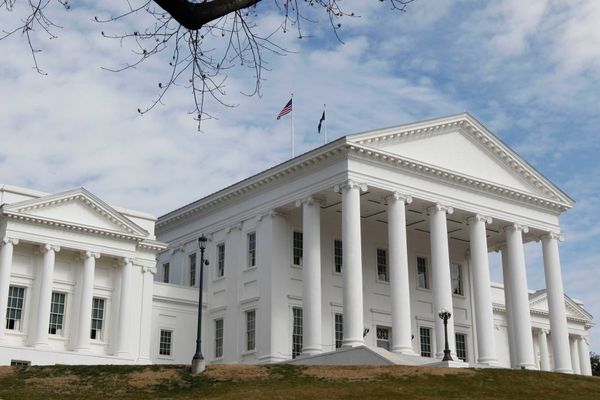
A permanent shift to higher interest rates could add billions of pounds to the UK’s renewable energy transition, a leading thinktank has warned.
Borrowing costs have soared since the easing of pandemic lockdowns and Russia’s invasion of Ukraine as the world’s leading central banks raised interest rates to tackle inflation – pushing up the costs of investment in infrastructure across advanced economies including for green power generation schemes.
The Resolution Foundation said £29bn a year could therefore be added to household energy bills in 2050 in a scenario where interest rates persist at current elevated levels, relative to a situation where borrowing costs return to pre-pandemic levels.
However, it said the green transition would still save consumers billions of pounds compared with current sky-high energy costs, and slowing down the pace of transition was not an option.
The thinktank said a fourfold increase in investment in the UK’s power sector was required to provide the crucial next step in decarbonising the British economy, and a plan was needed to fund this investment in case interest rates stayed at current high levels.
Its report comes amid a pushback against green policies by rightwing politicians who argue the costs of hitting net zero are too high. Labour earlier this year slashed its green investment plans amid concerns over higher borrowing costs and a campaign by the Conservatives to weaponise the affordability of its £28bn price tag.
However, the Resolution Foundation said the green transition remained vital despite the higher costs of investment. Decarbonising the power sector is key to tackling global heating, it said, and would also help to reduce Britain’s dependence on volatile fossil fuel supplies, which risked exposing households to global energy shocks of the kind witnessed after the Russian invasion.
“Responding by pausing or slowing the pace of power sector decarbonisation is not an option,” the report said.
The government is committed to reaching net zero by 2050, with targets to decarbonise the power sector by 2035, and Labour promising to reach this goal five years earlier.
The report, Electric Dreams, outlined two scenarios for future costs by 2050: a “high-cost” one with global interest rates remaining at current levels, and a “low-cost” alternative where borrowing costs fall back to pre-Covid levels.
Compared with energy bills in 2023 – which are at a historically high cost – it said decarbonising the power sector would still save £14bn a year for households by 2050. However, larger savings of up to £47bn a year would be possible if interest rates returned to the levels seen in 2019.
However, in comparison with 2019 levels – before the spike in wholesale energy markets – it said household bills would be £11bn a year higher by 2050 in the high-cost scenario. If interest rates fell back to levels comparable with 2019, households would save £18bn a year – a difference of £29bn between the two scenarios.
The report called for a focus on keeping prices low when providing new investment, including pushing for the development of onshore wind – which can be cheaper than other renewable alternatives. It said some projects could be publicly funded, such as modernising the energy grid, because paying for investment via taxation – rather than through energy bills – could help to spread the costs more fairly across rich and poor households.
It also called for the government to introduce a social tariff for lower-income households, which could help to protect poorer households who are high energy users in particular.
Jonathan Marshall, a senior economist at the Resolution Foundation, said policymakers could not count on interest rates falling back to pre-pandemic levels in future. “If interest rates stay high, energy costs will rise rather than fall in the years ahead,” he said.
“So now is the time for planning on how we deliver the energy investment surge while protecting lower income households, with a greater focus on price reduction in contracts, price protection for vulnerable households, and rethinking the role of the state as an investor.”







